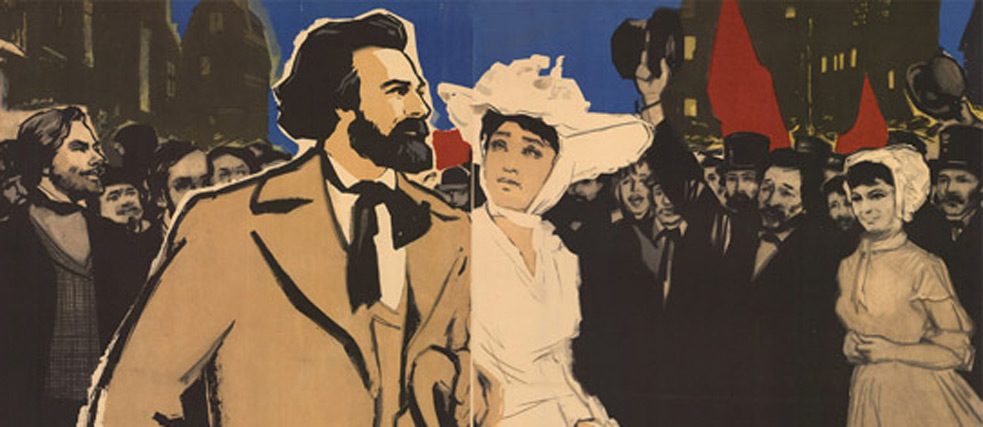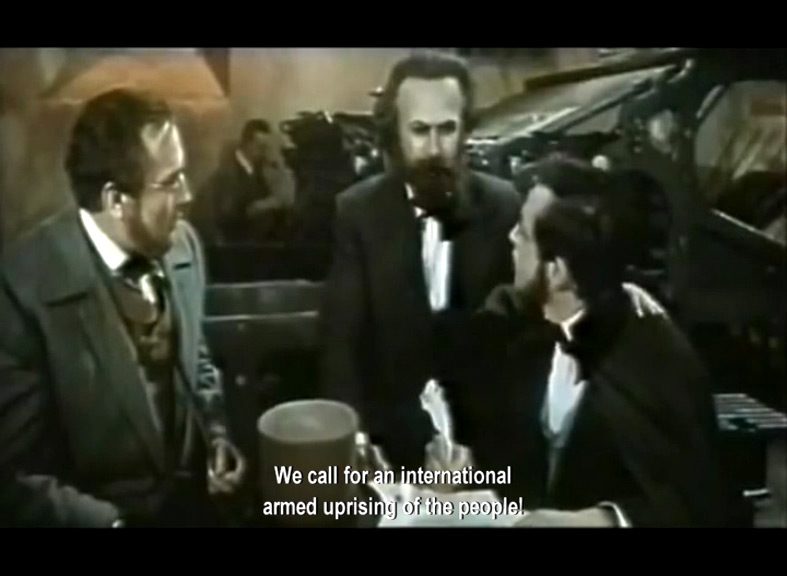A Year As Long As Life (God kak zhizn)

Soviet Union 1966, 140 min., feature film, Russian
Director: Azerbaijan Mambetov, Grigory Rozhal, Writer: Galina Serebryanikova, Grigory Rozhal, Cinematography: Leonid Kosmatov, Aleksandr Simonov, Music: Dmitry Shostakovich, Production: Mosfilm, Starring: Igor Kvasha, Andrey Mironov, Rufina Nofontova, Aleksey Alekseyev
A Year As Long As Life - 1848, was the inspirational, disappointing and defining year of European revolutions. Marx would witness these events unfold in Brussels, Paris, Berlin, Cologne, and later again in Brussels, before being deported once more, when he would leave the continent for England as a stateless man.
In the same year, Marx and Engels published the “Manifesto of the Communist Party” – a document that would polarize the politically like-minded and become the now famous polemic. For Marx, the year 1848/49 was marked by his “rabble-rousing” journalistic work in the “Neue Rheinische Zeitung,” the struggle against censorship and suppression, and the question as to when the great proletarian revolution to overthrow absolutism should take place.
Trailer

Instead, Marx is depicted in the film as contemplative, and at times even pessimistic, capturing the determined and energetic radical revolutionary that Marx was. In closing, Marx reflects and states “Most importantly, we haven't lost…Although we haven't brought about the proletarian revolution; the ideals of the manifesto have been affirmed and will become a force and foundation for a new science that will transform the world.”
Back